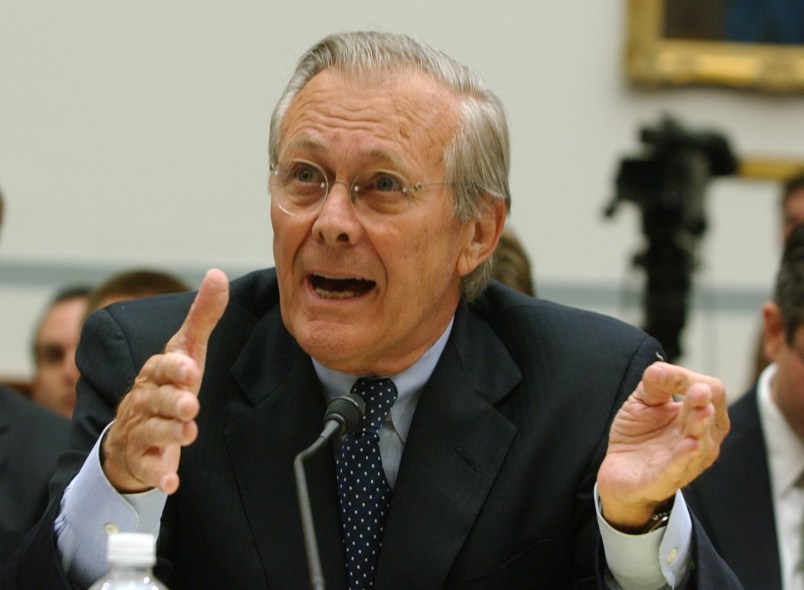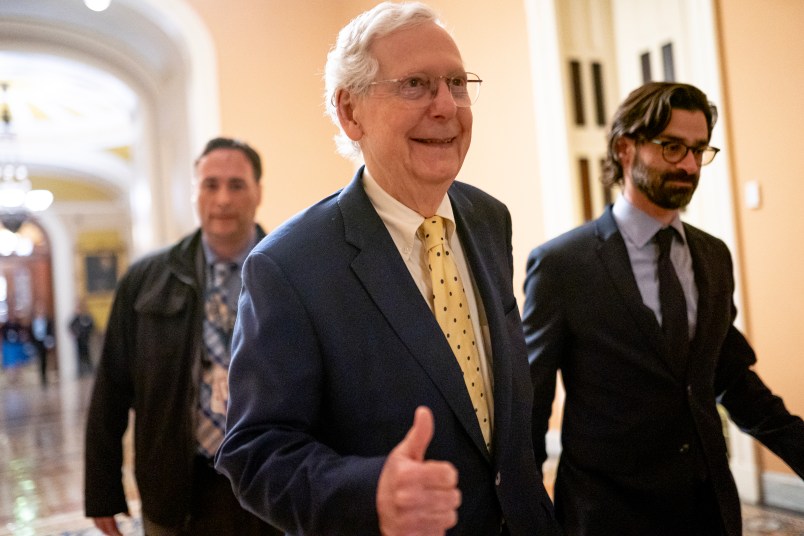The economist Tyler Cowen wrote a piece in the New York Times’s Week In Review section entitled “The Lack of Major Wars May be Hurting Economic Growth.” He raises a serious point that requires two questions to be answered. First, does modern capitalism rely on military and other “wasteful” expenditures to grow? Second, is growth of 4 percent per year necessary for the American economy to succeed?
Cowen makes a fairly convincing argument that preparing for war has led to increased growth since the end of the Great Depression.
It may seem repugnant to find a positive side to war in this regard, but a look at American history suggests we cannot dismiss the idea so easily. Fundamental innovations such as nuclear power, the computer and the modern aircraft were all pushed along by an American government eager to defeat the Axis powers or, later, to win the Cold War. The Internet was initially designed to help this country withstand a nuclear exchange, and Silicon Valley had its origins with military contracting, not today’s entrepreneurial social media start-ups. The Soviet launch of the Sputnik satellite spurred American interest in science and technology, to the benefit of later economic growth.
Neoclassical economics would have us believe that the invisible hand of the market in creating a balance of supply and demand will naturally create the kind of growth that makes capitalism the only possible economic system. Thus as we are reminded constantly by Republican economic orthodoxy, government intervention in the economy can only destroy this perfect balance and gum up the works.
But Cowen, who authored The Great Stagnation and who is a conservative economist, is arguing that since 1940 it has been government spending on military technology that made the difference in the post war average of 4 percent growth and our current relatively stagnant 2 percent growth. Although Cowen can point to the wonders of the Internet delivered by the Cold War, he admits that the wasteful cost of war (in blood and treasure) is not worth the growth.
And then there is another source of waste that we need to look at. In 1950, total U.S. ad spending was $5.7 Billion. Last year it was $171 Billion. Why do I say waste? Because that box of Tide you just purchased had far more embedded costs in advertising and packaging than it did in ingredients (which were basically similar to the ingredients of all the competitive detergents).
Then there is a third source of waste for which we are paying dearly: Wall Street speculation.
Note how the role of Wall Street has grown since 1950. The vast proportion of this revenue is trading profits. This is not money going to finance productive growth of the economy, but rather the speculative profits of the trading desks of big banks. It is this speculative activity that caused the crash of 1929 and the Great Recession of 2008. Though the role of Wall Street fell dramatically in 1930, you will note that the Great Recession of 2008 was merely a hiccup in Wall Street Profits, mostly because men like John Paulson made billions betting the housing market would crash. And now, as Michael Lewis has reminded us, High Frequency Trading makes it possible for the Hedge Fund guys to let the computers do all the speculation, often trading in and out of a single stock four times a day.
So perhaps the invisible hand of the free market doesn’t really work without the government spending billions a year on missiles and bombers and the corporations spending billions a year to get you to buy stuff you don’t need. Perhaps Paul Ryan and Ted Cruz are just plain wrong in their belief in the growth fairy of Ayn Rand. But maybe we should look at it another way. Perhaps we don’t need to grow 4 percent a year. Given certain limits on our natural resources, perhaps a Steady State Economy might be a better idea. Cowen acknowledges this possibility.
We can prefer higher rates of economic growth and progress, even while recognizing that recent G.D.P. figures do not adequately measure all of the gains we have been enjoying. In addition to more peace, we also have a cleaner environment (along most but not all dimensions), more leisure time and a higher degree of social tolerance for minorities and formerly persecuted groups. Our more peaceful and — yes — more slacker-oriented world is in fact better than our economic measures acknowledge.
This of course brings me back to the point I made a couple of weeks ago from Moscow.
The mistake of the old wise men was that they thought man would gladly trade consumption for leisure—that living a modest life, rich in the aesthetics of writing songs or painting our masterpiece—would be a worthy trade.
It could be that we could create a sustainable society at lower growth levels. That there is not a single politician willing to acknowledge this possibility is depressing.
Jonathan Taplin is a Professor and the Director of the Annenberg Innovation Lab at the University of Southern California.










